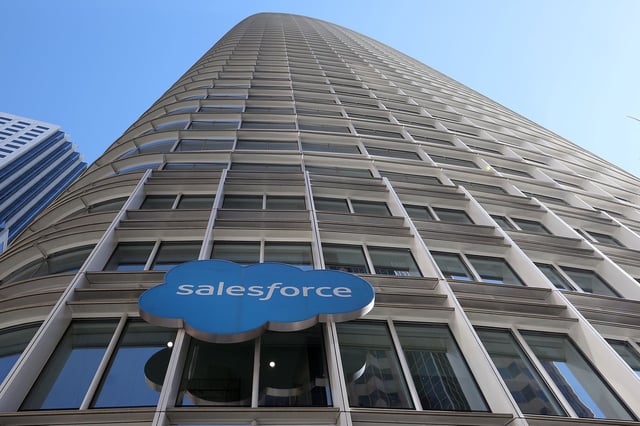Overview
- Stanford researchers analyzing ADP payrolls report a 13% relative employment decline for workers ages 22–25 in the most AI‑exposed occupations since late 2022, with older workers in the same roles holding steady or growing.
- The study tracks January 2021 through July 2025 across millions of workers and controls for macro and company shocks, finding losses concentrated where AI automates tasks like software development and customer service, while augmentation cases show stable or rising entry‑level hiring.
- Wages have not broadly fallen for these roles so far, with employers instead cutting back on new entry‑level hires rather than reducing pay, according to the research.
- An MIT Project NANDA report says only about 5% of generative‑AI pilots deliver rapid revenue gains, citing poor integration and budgets skewed to sales and marketing over higher‑ROI back‑office automation.
- Journalistic reviews question the MIT study’s 95% “failure” framing by highlighting sampling issues and overlooked off‑the‑shelf or shadow AI use, even as real‑world deployments and limits persist, from human‑superior content moderation to China’s Wukong assistant in orbit and Meta reportedly licensing Midjourney’s media tech.


